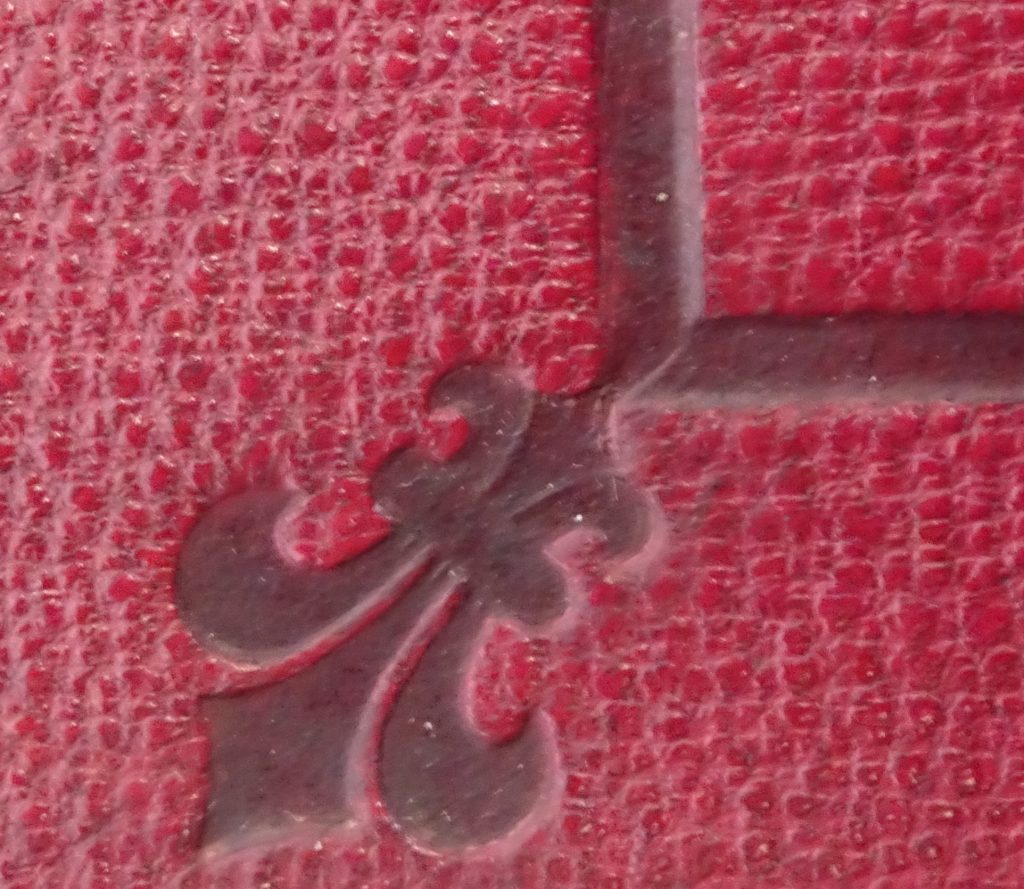As 2018 nears its end, here are a couple of blogposts telling the stories behind two fern books from the shelves of the Royal Botanic Garden Library.
Both books were originally given as Christmas presents.
Football fans may know 1872 as the year that the first international football match was played. This took place on the 30th November between Scotland and England at the West of Scotland Cricket – yes, cricket – Club ground in Partick, Glasgow. The result was a nil-nil draw.
For historians of science 1872 is a key year in the history of oceanography and marine biology.
Three weeks after the nil-nil draw, the Royal Navy corvette ‘HMS Challenger’ set out from Portsmouth, under the command of Captain George Nares. The ship had been lent to the Royal Society and fitted up as a scientific survey vessel. Charles Wyville Thomson, formerly Professor of Natural History at the University of Edinburgh, headed up the team of scientists. The voyage was to last 1,000 days and cover 69, 000 nautical miles, and take samples at 362 stations along the way. The voyage laid the foundation of modern deep-sea studies and described many species new to science.
One of the junior naval officers on board was Sub-Lieutenant Andrew Francis Balfour, R.N.
20-year old Andrew was the eldest son of John Hutton Balfour, Regius Professor of Botany and Medicine at the University of Edinburgh and Regius Keeper of the Royal Botanic Garden Edinburgh.
For Andrew, a literal high point of the voyage, was the ascent in October 1874 of the 1,715 metre high Indonesian volcano the Peak of Ternate; known to-day as Mount Gamalama.
Andrew retired from the Royal Navy in 1898, with the rank of Captain. In the 1890s he was Commander of the wonderfully named ‘H.M.S. Stork’ and ‘H.M.S. Penguin.’ His career was mainly in survey work.
And this brings us to the Christmas present, which also links in with the Balfour family.
In June 2008, RBGE Library acquired a 38 page album bound in red leather with the title ‘Scottish Ferns’ stamped in gold on the frontcover.
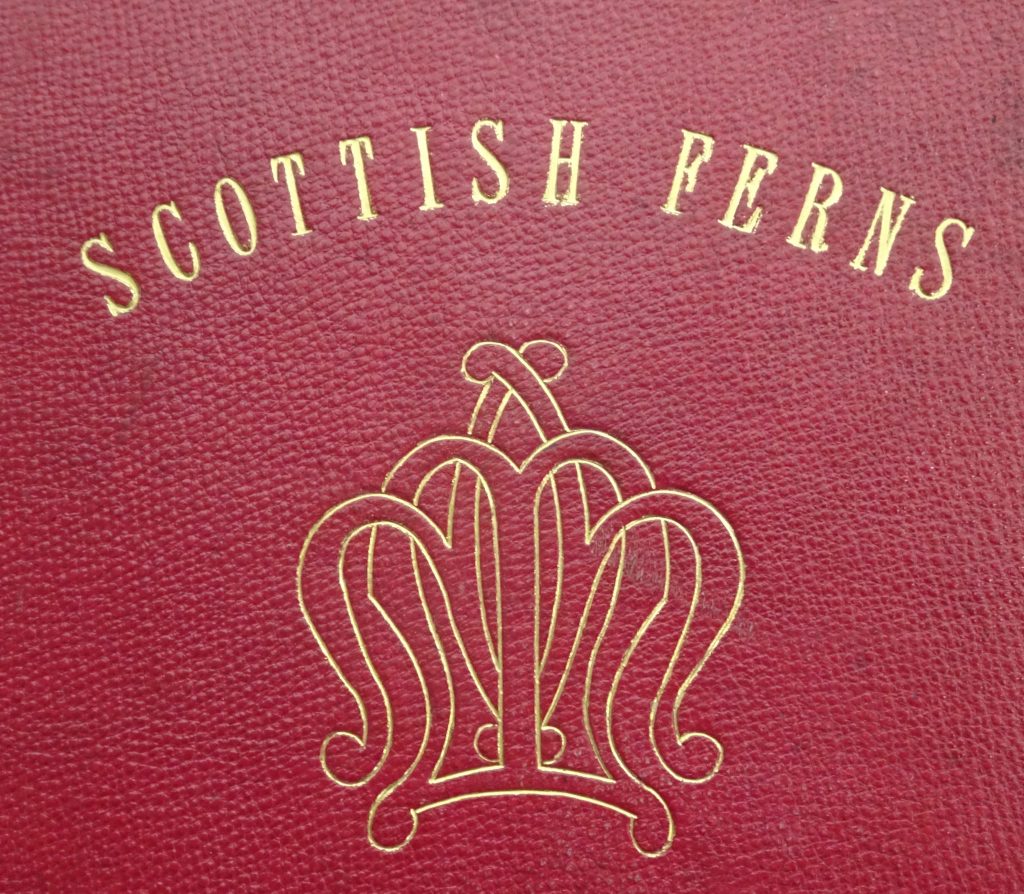
The album is inscribed in black ink as follows:
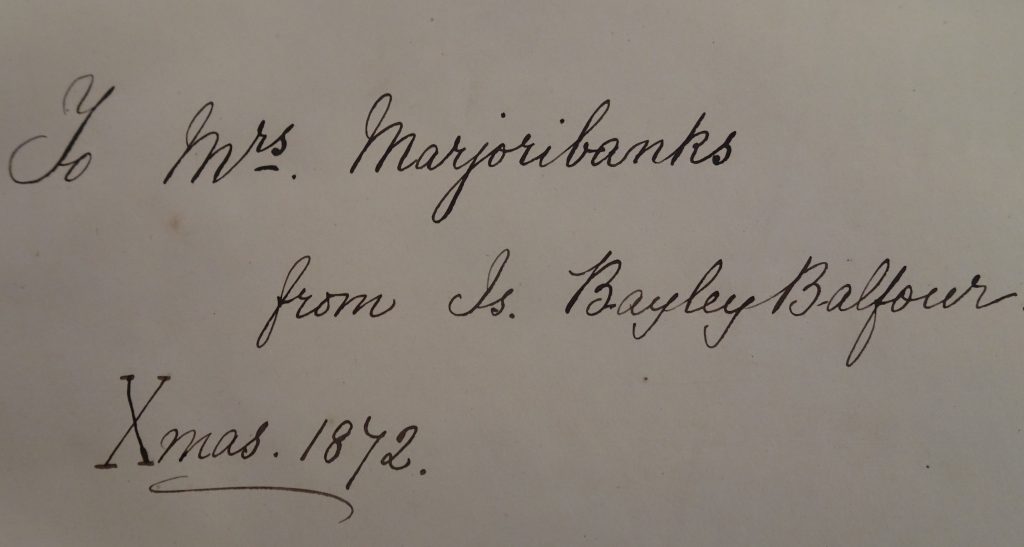
The identity of Mrs Marjoribanks is yet to be confirmed, but the name of the giver, Isaac Bayley Balfour, is one well known in the history of RBGE.
Isaac was Andrew’s younger brother. He also began his career on a scientific survey ship, as botanist and geologist to HM Government’s ‘Transit of Venus’ expedition to Rodrigues in 1874.
And in 1888 he would be appointed to the posts held by his father at RBGE and the University of Edinburgh, with the exception that the title of the professorship had lost the word ‘Medicine.’
Isaac’s leadership saw RBGE’s international reputation grow during his tenure from 1888-1922.
It is good to have this album in the Library as it takes us back to Isaac as an eighteen year old botany student at the beginning of his career.
It may be that some of the specimens he preserved in the album were taken from the living plant collections at the RBGE. Collections he had grown up with, and provide the raw material for his training as a both a plant scientist and a scientific horticulturist.
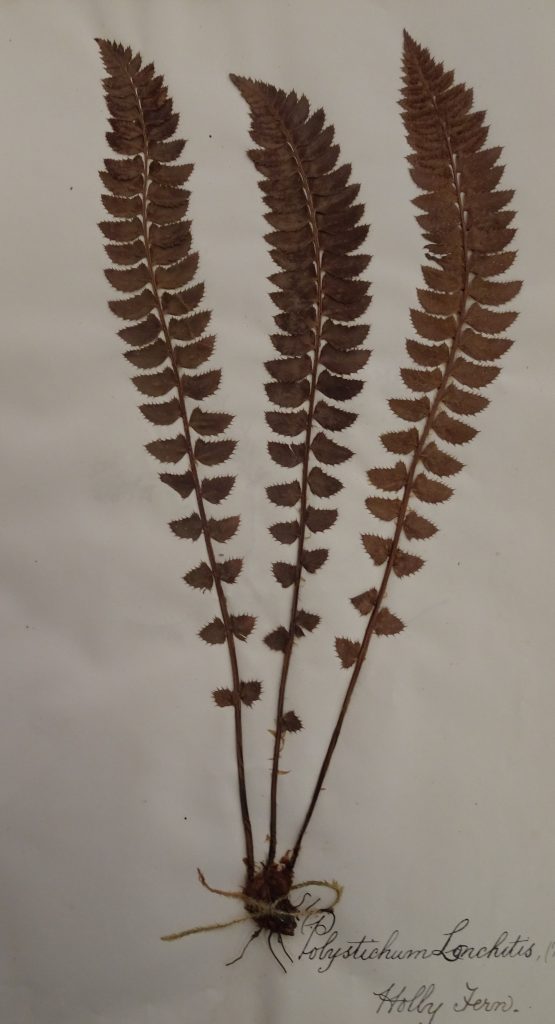
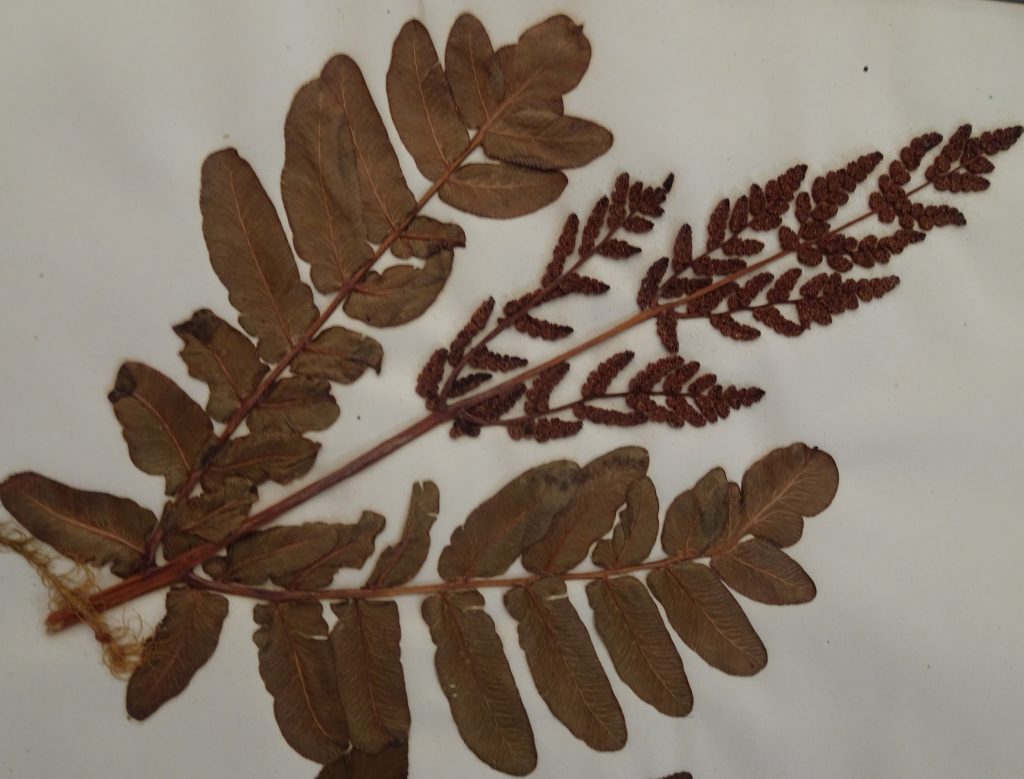
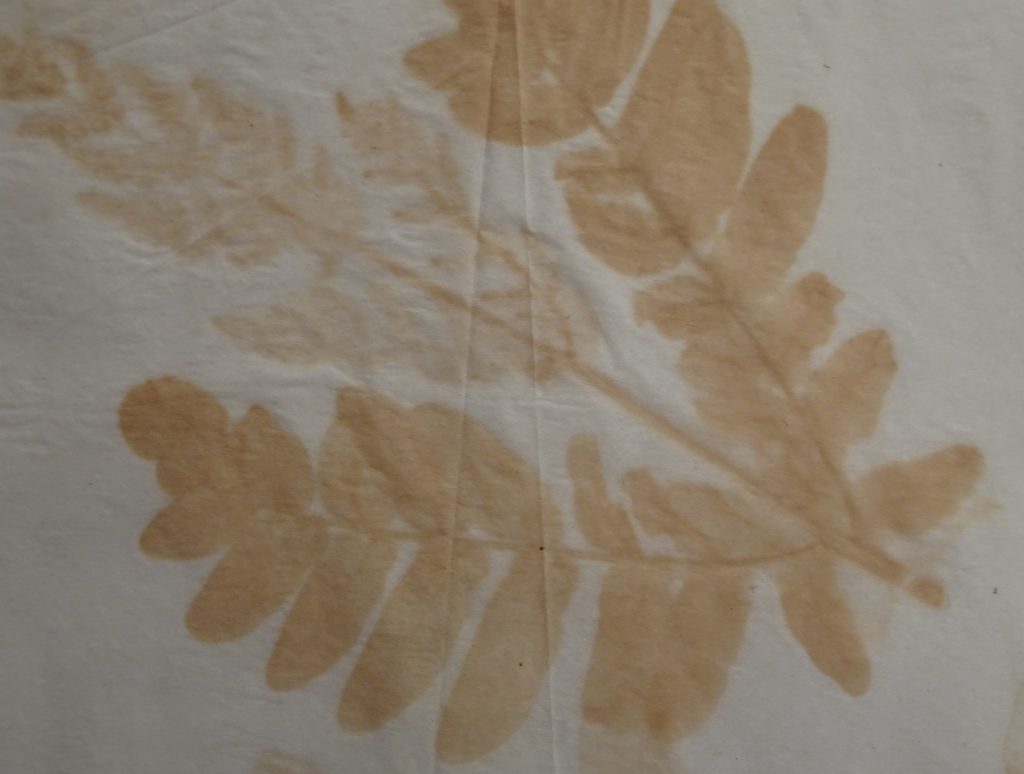
Visitors to RBGE today can still find examples of Osmunda regalis
L. (The Royal Fern) growing near the pond.
